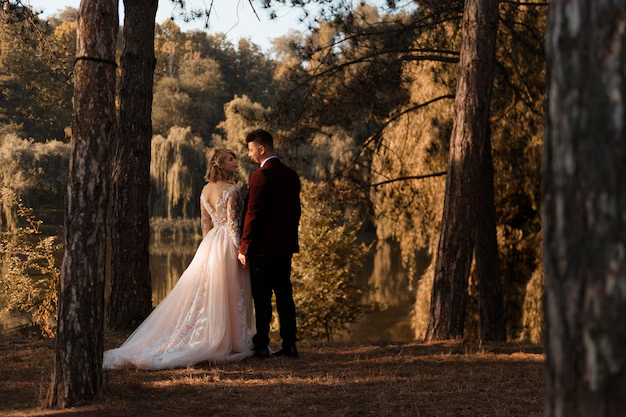
CBJ Partner Firebrand Media
- Laguna Beach Independent Newspaper
- Laguna Beach City Guide
- Newport Beach Independent Newspaper
- Newport Beach Country Club Magazine
- Montage Magazine
- Omni Escapes Hotel Magazine
- Bespoke Concierge New York
- Evans Hotels
- Laguna Beach Magazine
- On The Menu Laguna Beach
- Newport Beach Magazine
- Coastal Real Estate Guide (NB,LB, CDM)
- Monarch Beach Resort Magazine
- Pacific Coast Magazine (SoCal)
- Sea Island Life Magazine
- Salamander Hotel & Resorts Magazine
- View our entire portfolio
Categories
- Art & Culture (66)
- Business (897)
- California Hotel Listings (9)
- Daily Updates (1)
- Editor's Choice (278)
- Education (6,417)
- Featured (461)
- Finance (880)
- Food & Dining (126)
- Health & Fitness (292)
- Human Interest (565)
- Insurance (206)
- Law (592)
- Lawyers (346)
- Marketing (304)
- Medical (341)
- News (231)
- Newsletter (303)
- Opinion (130)
- People (720)
- Popular (266)
- Real Estate (274)
- Social Media (282)
- Technology (894)
- Uncategorized (336)
California Business Journal | California Business News, California News Media, California business articles | Orange County, Los Angeles, San Diego, Inland Empire, Northern California, San Francisco |
Huntington Beach CA 92649 | (949) 648-3815
ALL RIGHTS RESERVED BY CALIFORNIA BUSINESS JOURNAL.
ALL RIGHTS RESERVED BY CALIFORNIA BUSINESS JOURNAL.
Site Design by


